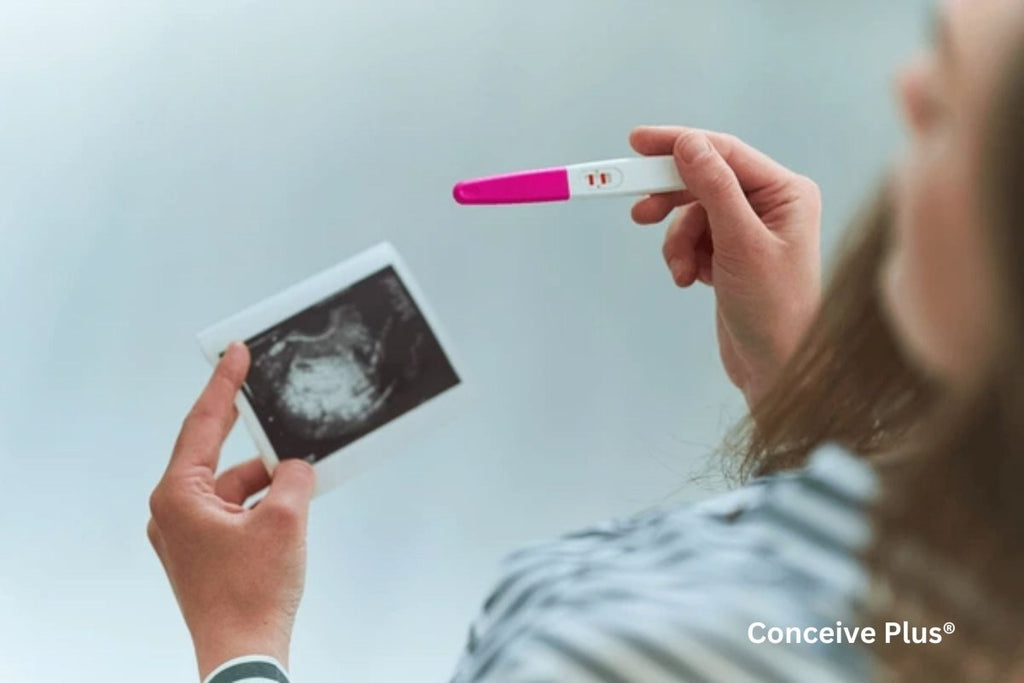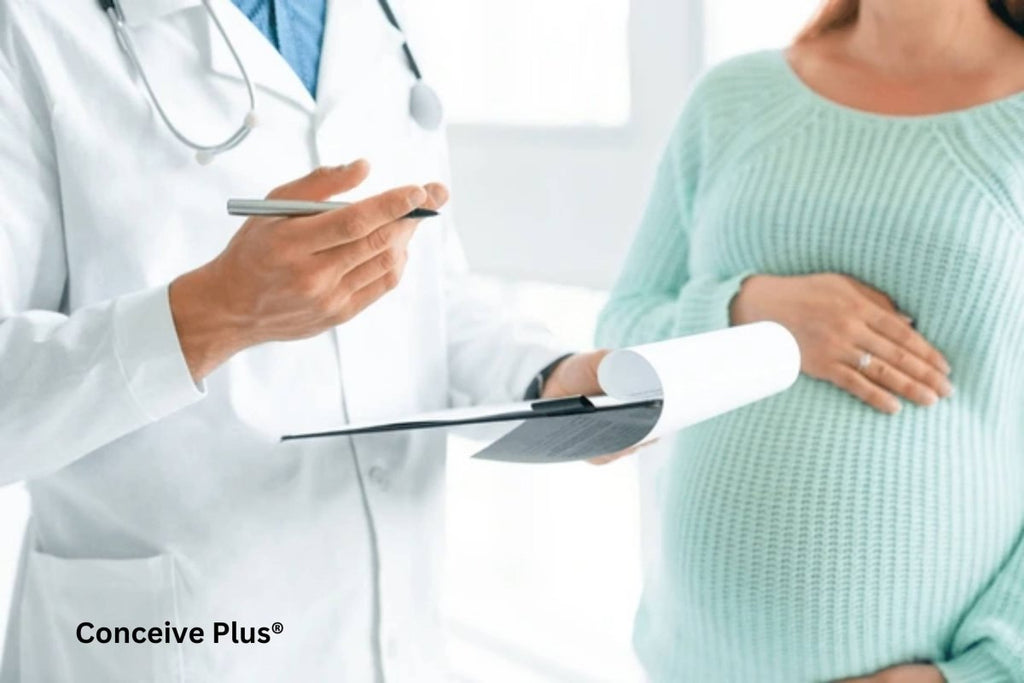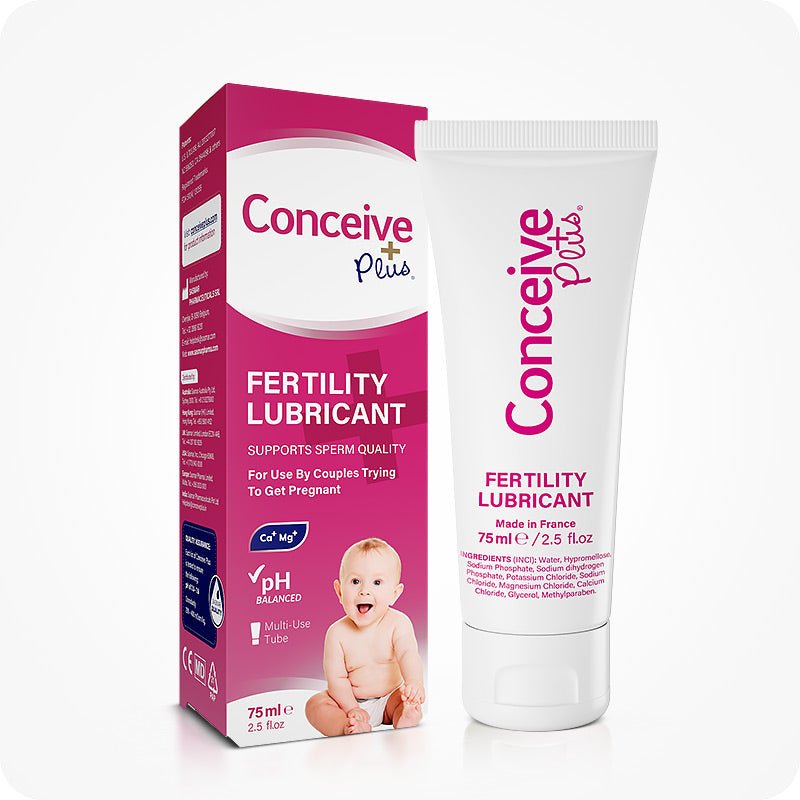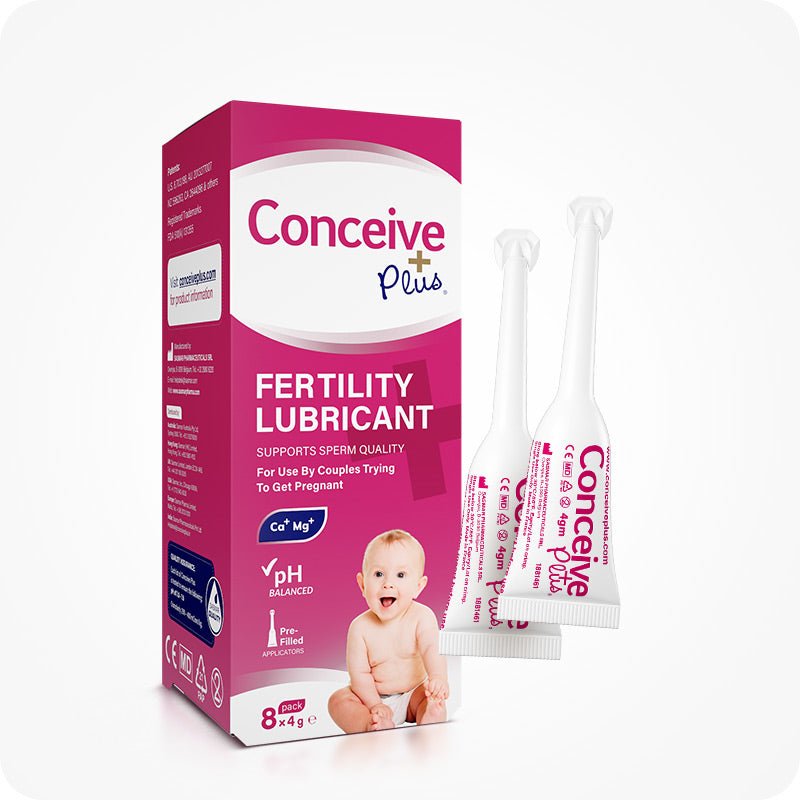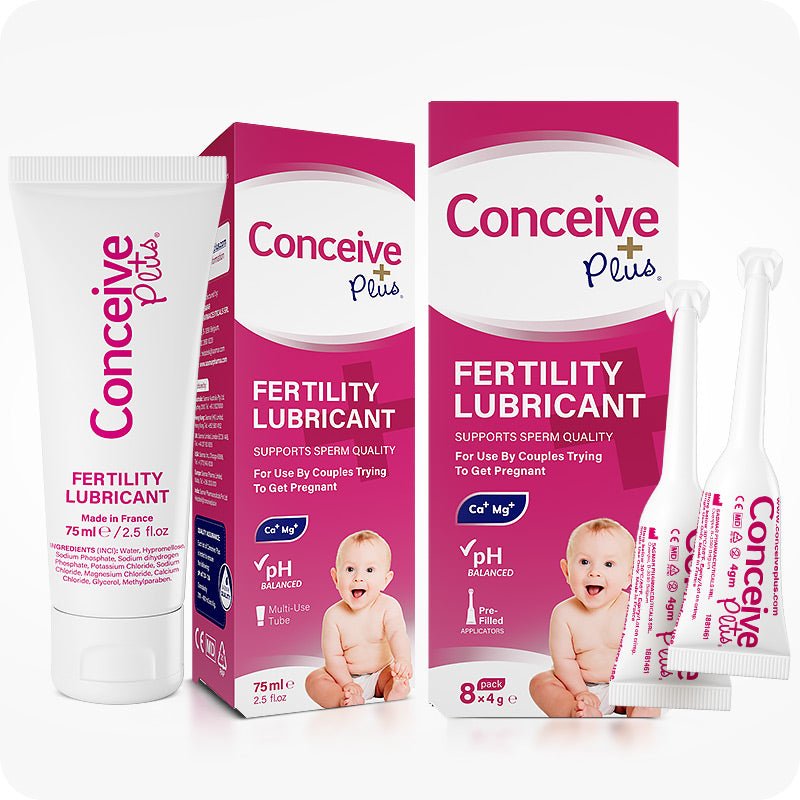What Is the Role of Progesterone In Luteal Phase?

Progesterone is one of the primary hormones in the female reproductive system. It is important for many functions in a female body but plays a central role in regulating the menstrual cycle and maintaining a healthy pregnancy.
Progesterone hormone starts to release in the second half of the female menstrual cycle, which is during the luteal phase or secretory phase [1]. Progesterone in luteal phase of the menstrual cycle is responsible for preparing the body for pregnancy. Whether pregnancy occurs in the luteal phase or not, progesterone has an essential role in both cases.
What Is the Luteal Phase?
The female menstrual cycle comprises 4 different phases, including menstrual, follicular, ovulatory, and luteal phases [2]. The luteal phase is the second half of the menstrual cycle, which starts after ovulation and lasts until the first day of menstruation. It typically lasts around 14 days but the actual length may vary depending on the length of your cycle.
The follicle that releases the egg during the ovulation phase is transformed into a temporary gland called the corpus luteum during the luteal phase [3]. The corpus luteum produces progesterone, which becomes the dominant hormone during this phase.

Role of Progesterone in the Luteal Phase
Luteal phase progesterone serves several functions which are essential for female reproductive health. Some prominent roles of progesterone include:
-
Preparing the Uterine Lining
The uterine lining is the innermost layer of the uterus to which a fertilized egg implants. But, to make the implantation possible, the uterine lining needs to have a favorable environment, which includes the presence of blood vessels and supporting tissues.
During the follicular phase, estrogen performs the role of preparing the uterine lining. The estrogen continues to function in the luteal phase too but the progesterone hormone has the dominating role during this phase. Luteal phase progesterone nourishes the uterus and creates a facilitating environment for the implantation of a fertilized egg [1].
-
Supporting Early Pregnancy
If fertilization and implantation occur, progesterone production continues to support the early stages of pregnancy. The continuous supply of progesterone maintains the uterine lining and prevents it from shedding. Progesterone also suppresses uterine contractions which are common near the end of the menstrual cycle. This helps the implanted embryo to start growing without disruption.
-
Regulating the Menstrual Cycle
The progesterone supply only continues if the pregnancy occurs. When there is no pregnancy by the end of the menstrual cycle, the progesterone hormone levels start to decline as the corpus luteum starts to disintegrate. These changes lead to the shedding of the uterine lining, starting the menstruation phase of the next cycle.
Insufficient Progesterone In the Luteal Phase
Low levels of progesterone during the luteal phase can lead to luteal phase defect (LPD). It is a condition where low levels of progesterone fail to prepare the uterine lining for pregnancy. Evidence shows that women with LPD struggle to conceive or maintain a pregnancy [4].
There can be many causes of low progesterone production in the body. However, some primary causes include unhealthy diet, poor lifestyle, and health conditions like polycystic ovary syndrome (PCOS) and thyroid conditions [4].
Common Signs of Low Progesterone
If your body isn't producing adequate levels of progesterone, you may experience the following signs and symptoms:
- Short luteal phase — less than 10 days
- Spotting between ovulation and menstruation
- Difficulty conceiving
- Mood changes
If your luteal phase is longer than average, it could indicate a luteal phase long, which may affect progesterone levels and overall fertility health.
How to Measure Progesterone Levels?
Doctors often measure progesterone levels during the luteal phase to assess fertility and overall reproductive health. The ideal time to check the progesterone levels through a blood test is 7 days after ovulation, which is around day 21 of cycle, since it is when progesterone levels peak.
Normal progesterone levels indicate that ovulation has occurred and that the body is preparing for the pregnancy. If the test shows abnormal levels of progesterone, like very high or very low, your doctor may suggest further investigation to rule out the underlying cause and plan treatment accordingly.
Tips to Support Healthy Progesterone Levels
Here are some tips that can help you maintain healthy progesterone levels during the luteal phase:
- Eat a Balanced Diet: Studies show that diet and nutrition are strongly associated with female reproductive health [5]. Nutrients like vitamin B6, magnesium, and zinc, are associated with hormone production and can help improve hormonal imbalances, including low progesterone. You can get these nutrients from foods like leafy greens, nuts, seeds, and lean protein.
- Manage Stress: Chronic stress can disrupt hormonal balance and lead to progesterone deficiency. Practice relaxation techniques like yoga, meditation, or deep breathing exercises to lower stress levels and improve fertility health.
- Maintain a Healthy Weight: Being overweight increases the risk of health conditions like PCOS, which disrupt the hormonal balance. Adopt a healthy diet and physically active lifestyle to maintain a healthy weight and support regular hormone production.
- Limit Exposure to Endocrine Disruptors: Chemicals found in some plastics, pesticides, and household products can interfere with hormone production [6]. Make sure you are well aware of the chemicals surrounding you and avoid your exposure to such chemicals.
-
To support healthy progesterone levels and maintain a balanced luteal phase, consider trying Women’s Fertility Support by Conceive Plus, a supplement formulated with essential nutrients like vitamin B6, magnesium, and zinc to promote hormonal health.
- Seek Medical Advice: If you suspect the symptoms of low progesterone levels, like irregular periods, consult your doctor. Your doctor may recommend treatments like progesterone supplements or fertility therapies that can help regulate your hormone levels.
The Bottom Line
Progesterone is among the essential female fertility hormones without which conception can become challenging. A female body releases this hormone during the luteal phase of the menstrual cycle. Progesterone in luteal phase is responsible for preparing the uterine lining for pregnancy by forming new blood vessels and supporting tissues.
Progesterone not only supports the pregnancy but also regulates the menstrual cycle. A deficiency of progesterone can lead to problems with menstrual regularities and conception. However, you can lower the risk of progesterone deficiency by adopting a healthy diet and lifestyle.
Resources Used
- Mesen, T. B., & Young, S. L. (2015). Progesterone and the luteal phase. Obstetrics and Gynecology Clinics of North America, 42(1), 135–151. https://doi.org/10.1016/j.ogc.2014.10.003
- Thiyagarajan, D. K., Basit, H., & Jeanmonod, R. (2024d, September 27). Physiology, menstrual cycle. StatPearls - NCBI Bookshelf. https://www.ncbi.nlm.nih.gov/books/NBK500020/
- Professional, C. C. M. (2024e, July 3). Corpus luteum. Cleveland Clinic. https://my.clevelandclinic.org/health/body/21849-corpus-luteum
- Luteal phase defect. (2024, May 1). Cleveland Clinic. https://my.clevelandclinic.org/health/diseases/luteal-phase-defect
- Silvestris, E., Lovero, D., & Palmirotta, R. (2019). Nutrition and female fertility: an interdependent correlation. Frontiers in Endocrinology, 10. https://doi.org/10.3389/fendo.2019.00346
- Endocrine disruptors. (n.d.). National Institute of Environmental Health Sciences. https://www.niehs.nih.gov/health/topics/agents/endocrine




